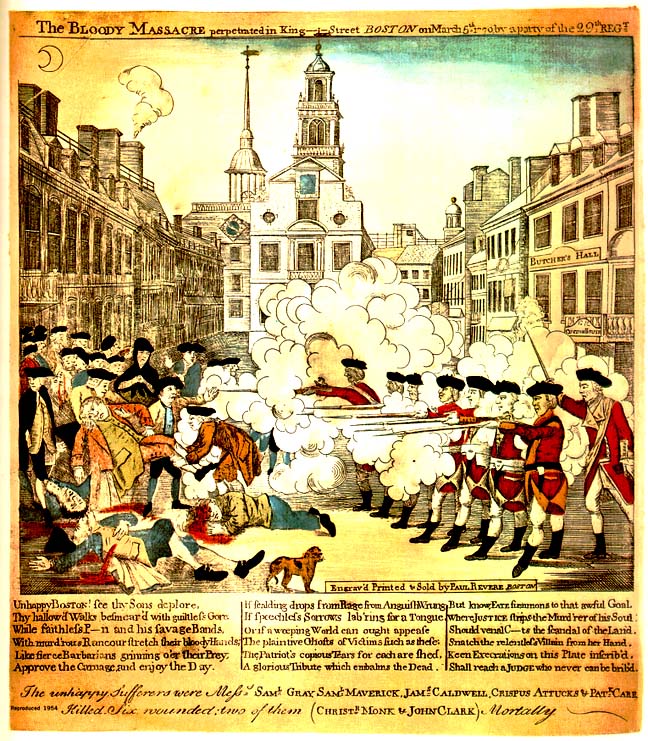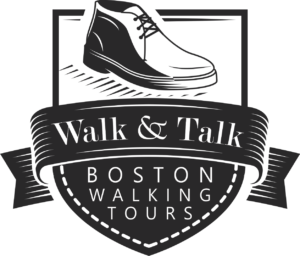
“”March 1770 — We know the story. British soldiers opened fire on an unarmed crowd of civilians, a lopsided attack resulting in blood and hatred in the streets of Boston. But why were soldiers in the streets in the first place?
Let’s go back to 1768. Samuel Adams, in an effort to pressure Parliament to relax taxes and give the colonies more autonomy, encouraged colonists to stop importing British goods. Unable to directly sway Parliament, he reasoned that the merchants in Great Britain who sold goods to the Colonies could successfully petition Parliament and the King to be more reasonable. Great Britain’s merchant’s livelihoods depended on the growing American markets.
Not only did Adams encourage boycotts, he enforced them with violence against Boston merchants who did not join the boycott.
To restore the peace and protect Loyalist merchants, King George III sent 4000 troops to Boston. Boston was a city of about 16,000, so adding 4000 young men with guns did little to restore peace. Instead, the now-crowded city had soldiers camped on Boston Common and the newly arrived visitors were competing with the men of Boston for jobs and eligible women.
So, on the night of March 5, 1770, when an argument erupted in front of the Customs House on King Street, there were hundreds of angry men ready to exact revenge on a handful of young soldiers. Armed with clubs used for making rope and throwing rocks and ice chunks, Boston’s men dared the soldiers to shoot. The outcome is hardly surprising. The young soldiers killed five rioting civilians.
The British referred to the event as the “Incident on King Street”. Samuel Adams, a masterful manipulator, dubbed it the “Boston Massacre” and took advantage of every future opportunity to inflame colonist to action against Great Britain.
As the result of a boycott, Boston received unwelcomed soldiers and eventually an unfortunate incident that further propelled the Colonies to war – just what Adams wanted!
Fun Footnotes
The word “boycott” did not exist in 1770, hence the use of Adam’s phrase, “non-importation agreement”. “Boycott” came into the English language in the 1880s, when farm workers refused to work for Charles Boycott.
Revere’s depiction is inaccurate and a great example of what we would call “fake news” today. None of the crowd appear to be threatening, none are holding clubs, the poor orphaned doggie pulling at our heartstrings was not among the crowd. And the Customs House behind the soldiers was dubbed “Butcher’s Hall” by Revere. The engraving was commissioned by Samuel Adams to help influence the trial of the soldiers (most of whom were fully absolved of any crime!) and was distributed to the other colonies to build support against military action of Great Britain against her own subjects.

